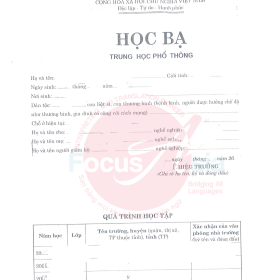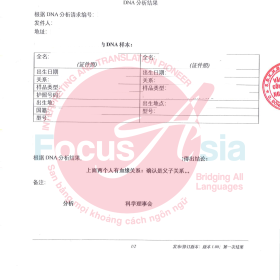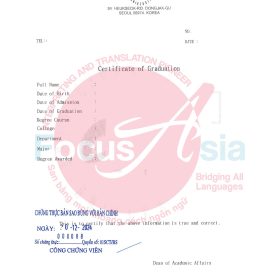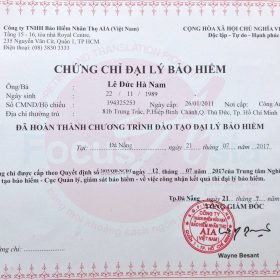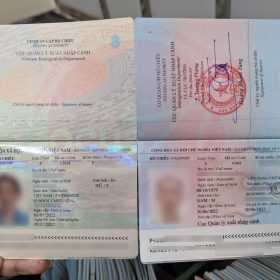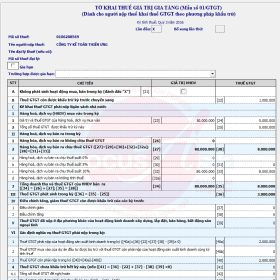Translation and Localization of Websites
Website Localization | English to Vietnamese Website Translation | Website Translation
Translating and localizing websites, translating websites from English, German, French, Japanese, Korean, Russian, Chinese, Lao, Cambodian, Malaysian, Norwegian, Swedish, etc., into Vietnamese, and translating websites into international languages.

Outstanding advantages that translating websites into native languages bring if there is a specific plan and reasonable implementation:
- Customers will find it more convenient and accessible to obtain information/products.
- Build trust and credibility with customers by presenting a professional international company.
- Increase competitiveness and maximize profits.
Step-by-step process of website translation/localization

-
Project Analysis
- Assess website content: Identify the pages, sections, and types of content to be translated.
- Define target language and culture: Understand the linguistic and cultural characteristics of the market the website is targeting.
- Identify required resources: Include translation teams, translation support tools, and budget.
-
Prepare Content for Translation
- Export content: Use CMS tools to export website content into files (e.g., XML, HTML).
- Prepare reference materials: Includes translation guides, glossaries, and style guides to maintain consistency.
-
Translation
- Semantic translation: Translate content into the target language, preserving the original meaning but adjusting vocabulary as needed.
- SEO keyword check: Adapt keywords to fit the target language and culture.
- Adjust tone and style: Depending on the audience, select an appropriate tone (formal, friendly, professional, etc.).
-
Content Localization
- Adjust cultural elements: Use images, icons, colors, date formats, and measurement units suitable for the target culture.
- Currency conversion: If the website involves sales or values, currency conversion is necessary.
- Adjust forms and technical elements: Data entry fields like addresses and phone numbers should also be adjusted accordingly.
-
Quality Assurance in Translation
- Check grammar and spelling errors: Ensure content is free from grammar and spelling mistakes.
- Consistency check: Compare with reference materials to ensure consistency in terminology and tone.
- Proofread by a native speaker: To ensure that the content resonates with readers in the target market.
-
Testing on the Website
- Display check: Ensure that text segments are properly formatted, and no interface elements are cut off or misaligned.
- Functionality check: Ensure that website functions (e.g., buttons, forms) work well after translation and localization.
- User Experience (UX) check: Ensure that users in the target market have a smooth and friendly experience on the website.
-
Update and Maintain
- Monitor user feedback: Collect feedback to continuously improve content.
- Regular updates: When the original website changes, update content on the localized version to ensure consistency.
-
Post-Project Evaluation
- Evaluate project effectiveness: Compare metrics before and after translation and localization to assess effectiveness.
- Lessons learned: Record lessons to improve processes for future projects.
See also:
Asia Translation and Interpretation Company
Website Localization










